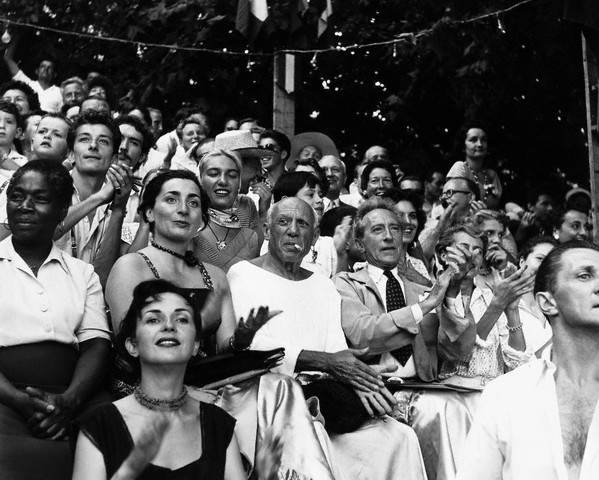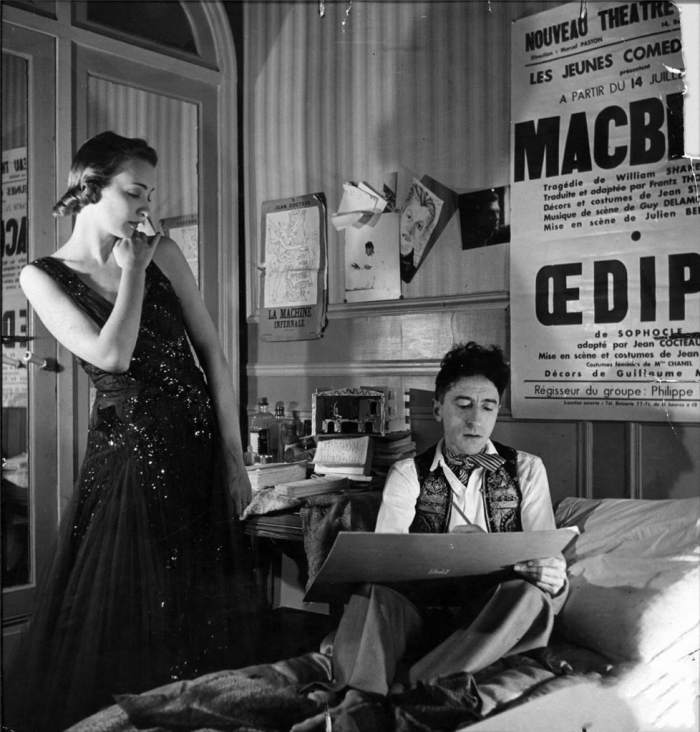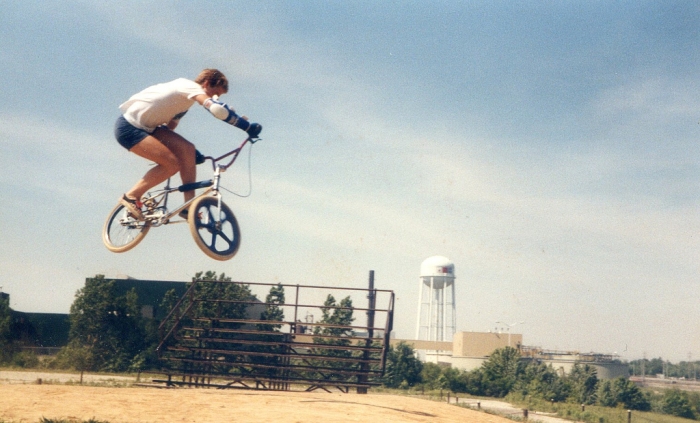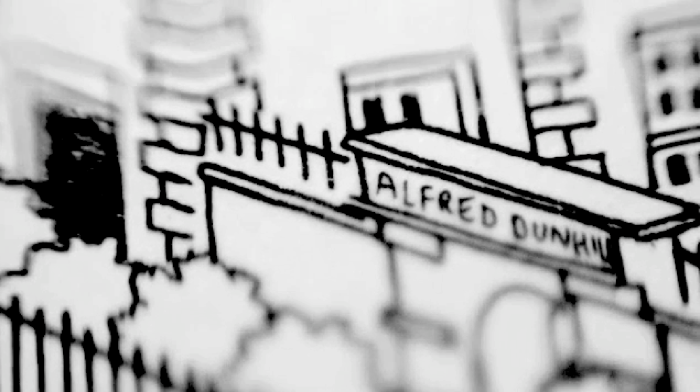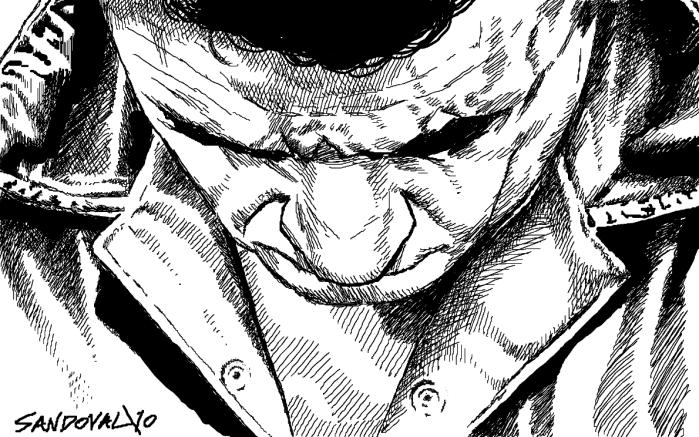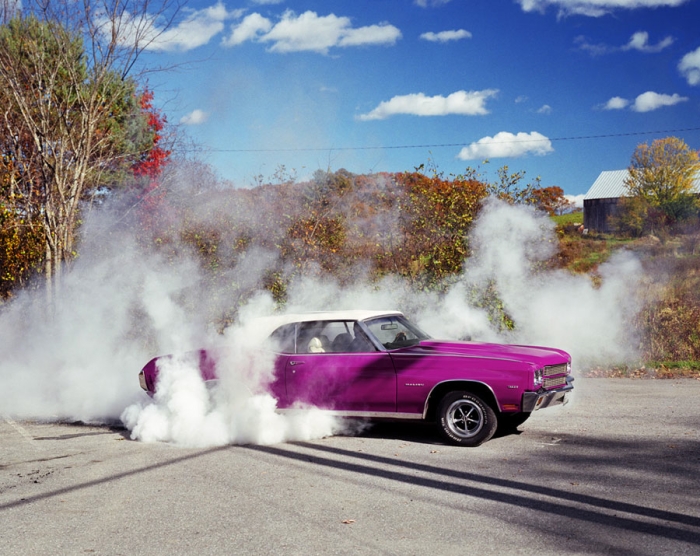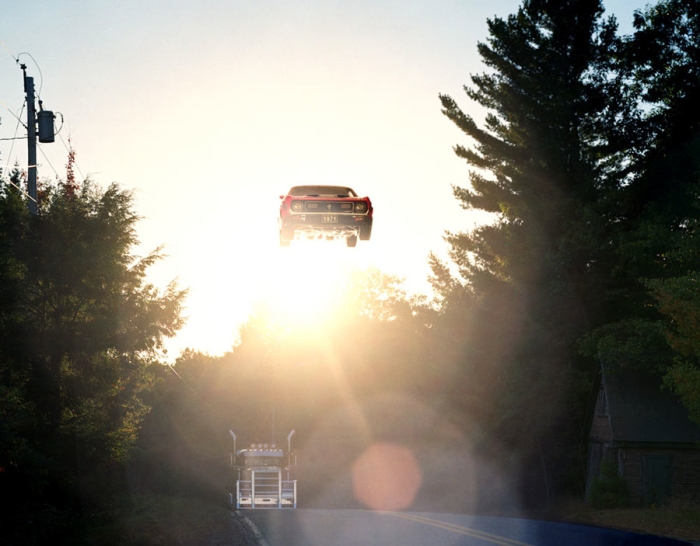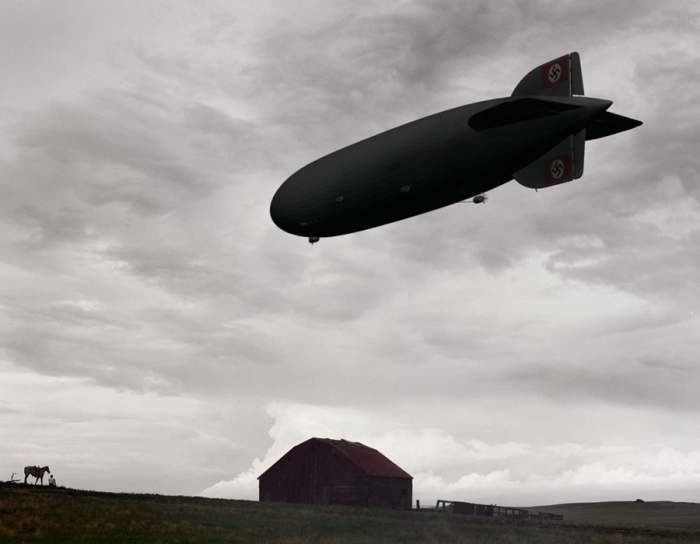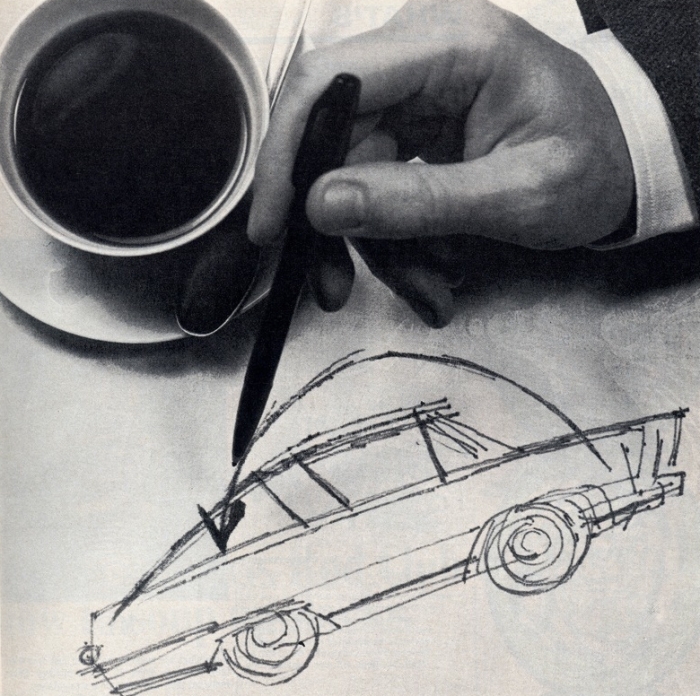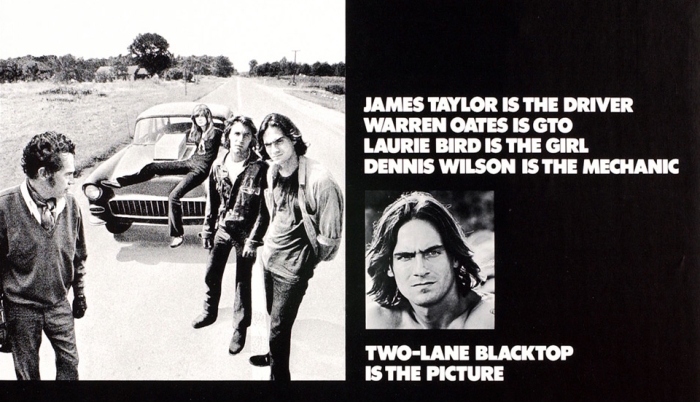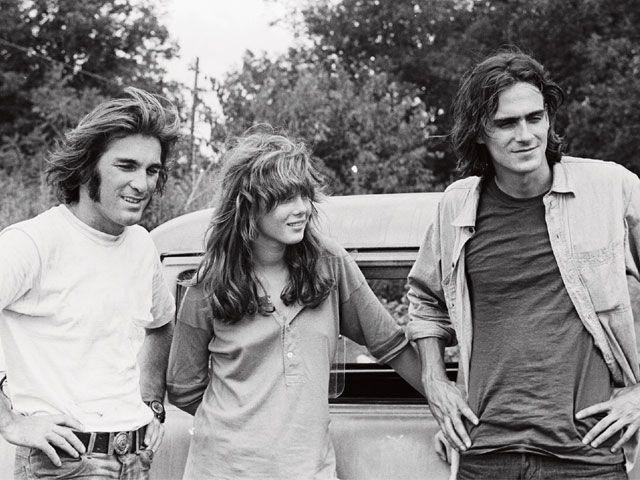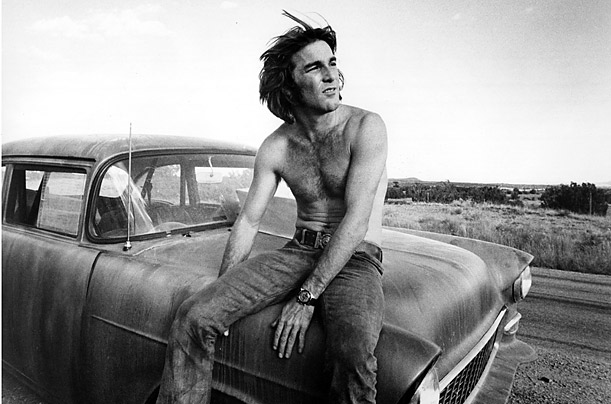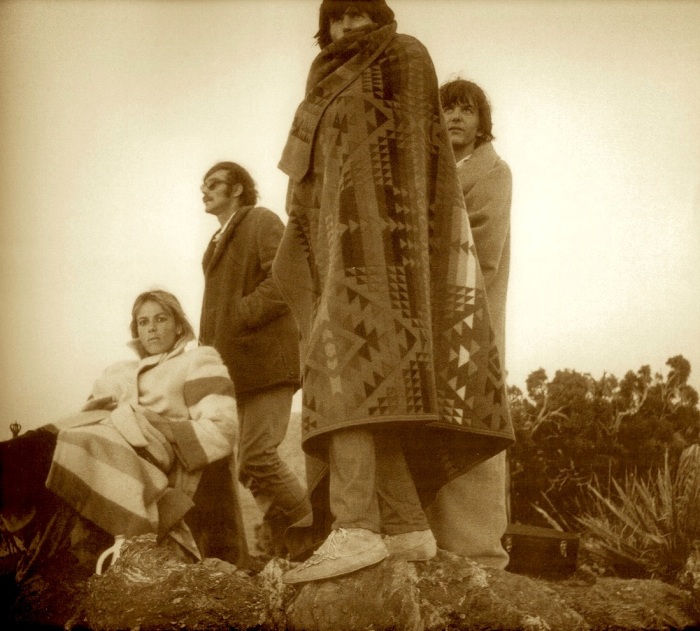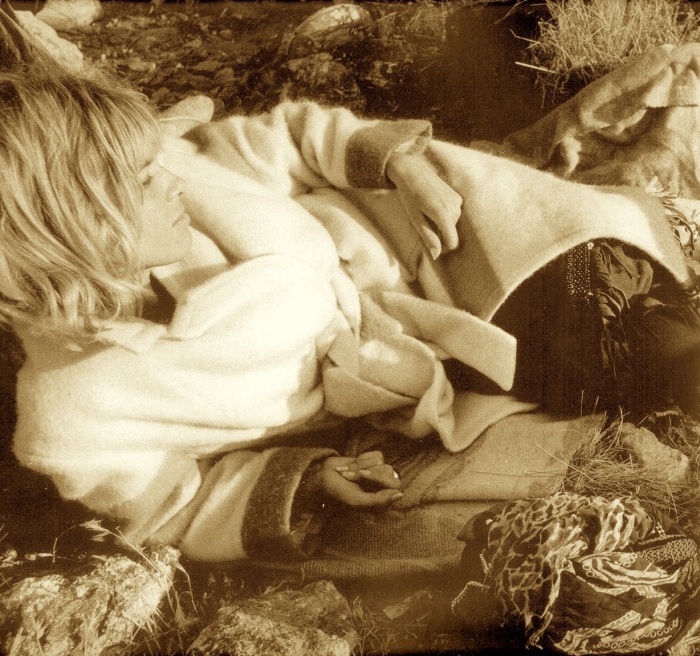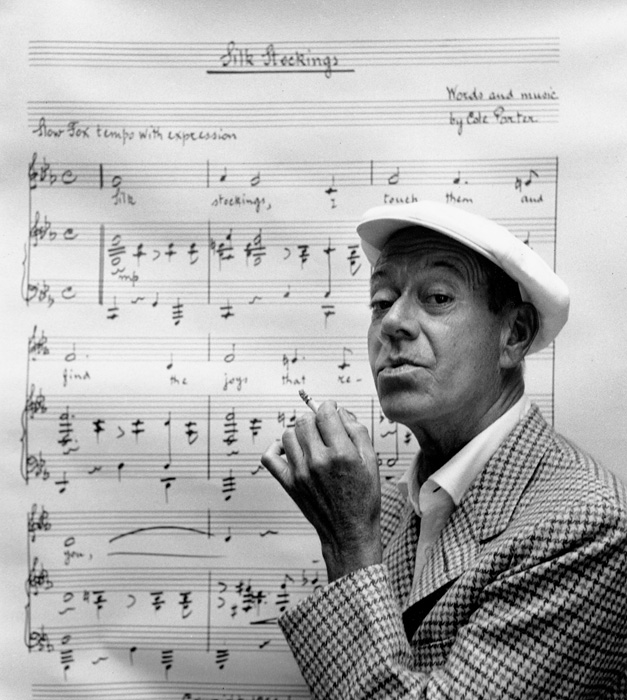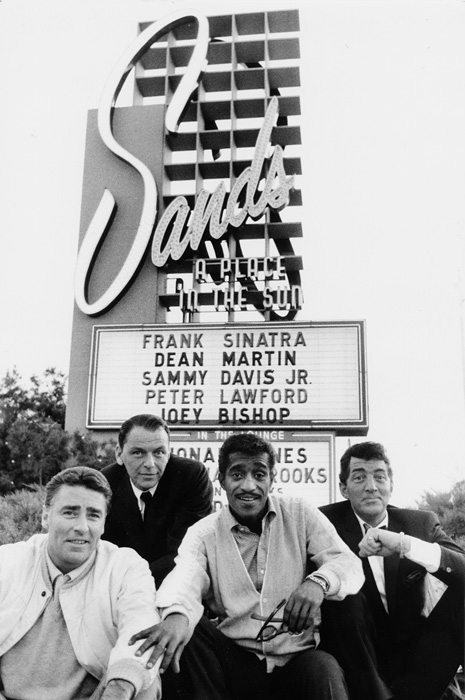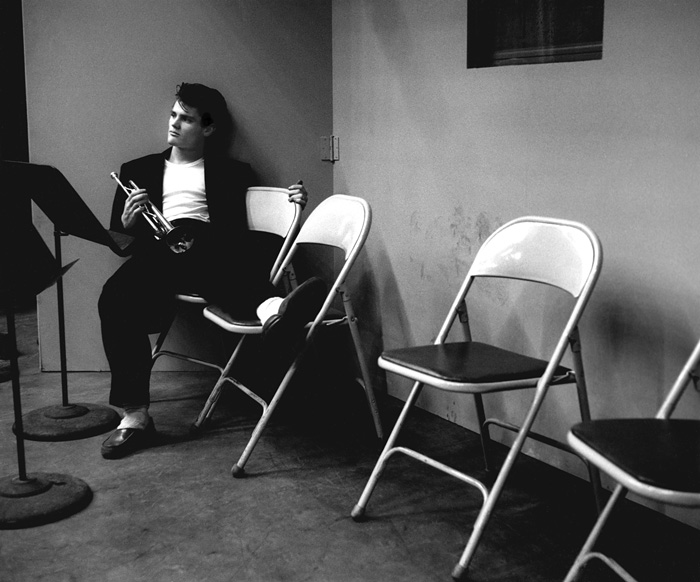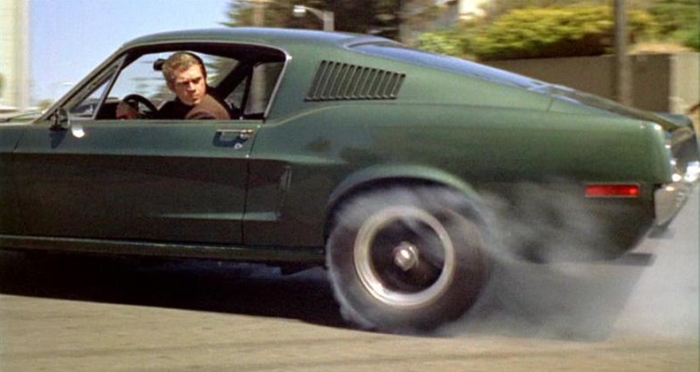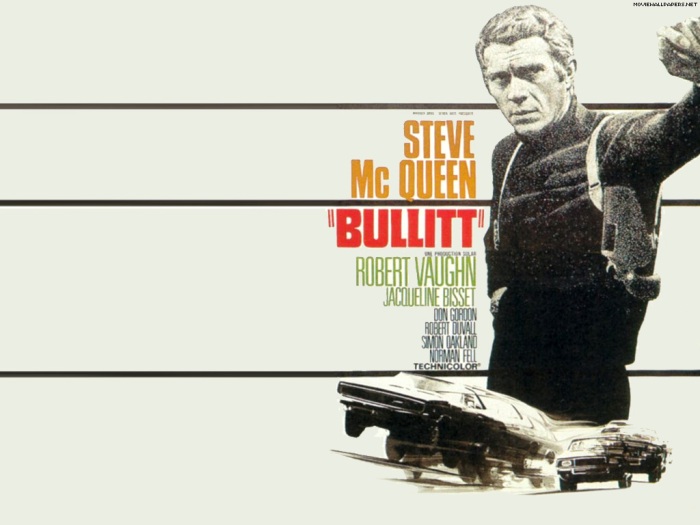–
“An artist cannot speak about his art any more than a plant can discuss horticulture.”
–Jean Cocteau
–
Jean Cocteau. Quite possibly the most important art icon of the 20th century, who could seemingly do it all, and with great style– painter, poet, playwright, novelist, actor, film-maker, the list goes on and on. But he was first and foremost a poet at heart– and a truly incredible one at that.
__________________________________________________________________________
–
Stunning photo of Jean Cocteau by Irving Penn. Damn, the man had style. Borrowing a page out of The Duke of Windsor’s book– perfectly pairing classic menswear patterns with elegance and ease. “Penn made this portrait of Jean Cocteau during a 1948 trip to Paris for Vogue. Each thread of Cocteau’s tie, vest, and suit is etched in light and shadow; the patterns and the texture pop out in vivid, tactile detail. The drape of his coat over an extended arm adds drama and balance to the composition. Cocteau is dressed in the sartorial attire of a dandy, which, by all accounts, he was. There is an air of flamboyance about him, until you look at his face. His dead-serious expression registers the fierce intelligence of a keen observer, as if he is taking our measure while deigning to allow us to take his.” –Philip Gefter via
–
–
August 1955, France– Picasso with Jean Cocteau at a Bullfight –Image by © Vittoriano Rastelli/Corbis Pablo Picasso and Jean Cocteau knew one another for nearly fifty years. They met in 1915 following Picasso’s departure from martre, where Cocteau’s friend, the poet Max Jacob, had shared an atelier with the painter– one using the only bed by day, and other by night. Picasso made an immediate and lasting impression on Cocteau, who considered him as one of his three masters. via
–
–
Jean Cocteau sketching model Elizabeth Gibbons in a Chanel dress in his hotel bedroom (Castille in the Rue Cambon), surrounded by posters of his latest theatrical productions, photos of friends, medicine bottles, books, stage sets and pencils, 1937. –photo by Roger Schall via
–

